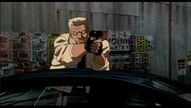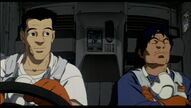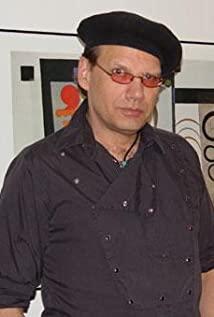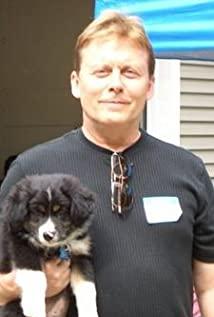I love the song "Rumor II Ghost city" the most. I remember the first time I heard the desolate female voice "a da……mayiba…kuxilei……" when it sounded in the master collection video of the European Thor’s Hammer Game Contest, slow Under the lens, the same virtual world, soaring virtual characters, and bloody killings, accompanied by this doomsday hymn-like music, makes people feel from the back feet to the top of the head...
the Cyborg in the film is Cyber (computer) and Organ The compound word of (biological organ), the musical atmosphere created by Kenji Kawai, allows the protagonist with Cyborg body to stand in the noisy and deadly lonely city in the fierce plot gap in the film (if you look closely, it should be In Hong Kong as the prototype), facing the iron wings sliding across the sky, facing the reflection in the water, and the non-self in the glass windows of high-rise buildings, in "Japanese Japanese drums, gongs in northeastern Thailand, and angklung in Indonesia (also known as Bamboo tube piano or wooden bamboo piano) and other strange national instruments collected from all over the world, mixed with blockbuster pure electronic sound effects, and combined with the female chorus of European harmony mixed with ancient Japanese religious vocals-this new style of sacrificial music "Think about the meaning of self-existence in the amazing effect brought out." This kind of "blank" created by the combination of film and music allows the film to penetrate the viewers' hearts. The year of 1995 was also the time of Japan’s economic depression. Is it the postmodern loneliness and the sense of crisis and tragedy in the backbone of the Japanese nation that made these masters (original work by Shirou Masamune, producer by Oshii Mamoru, and music by Kenji Kawai) ) Compared with the Matrix series, the co-produced films are even more epoch-making.
View more about Ghost in the Shell reviews











